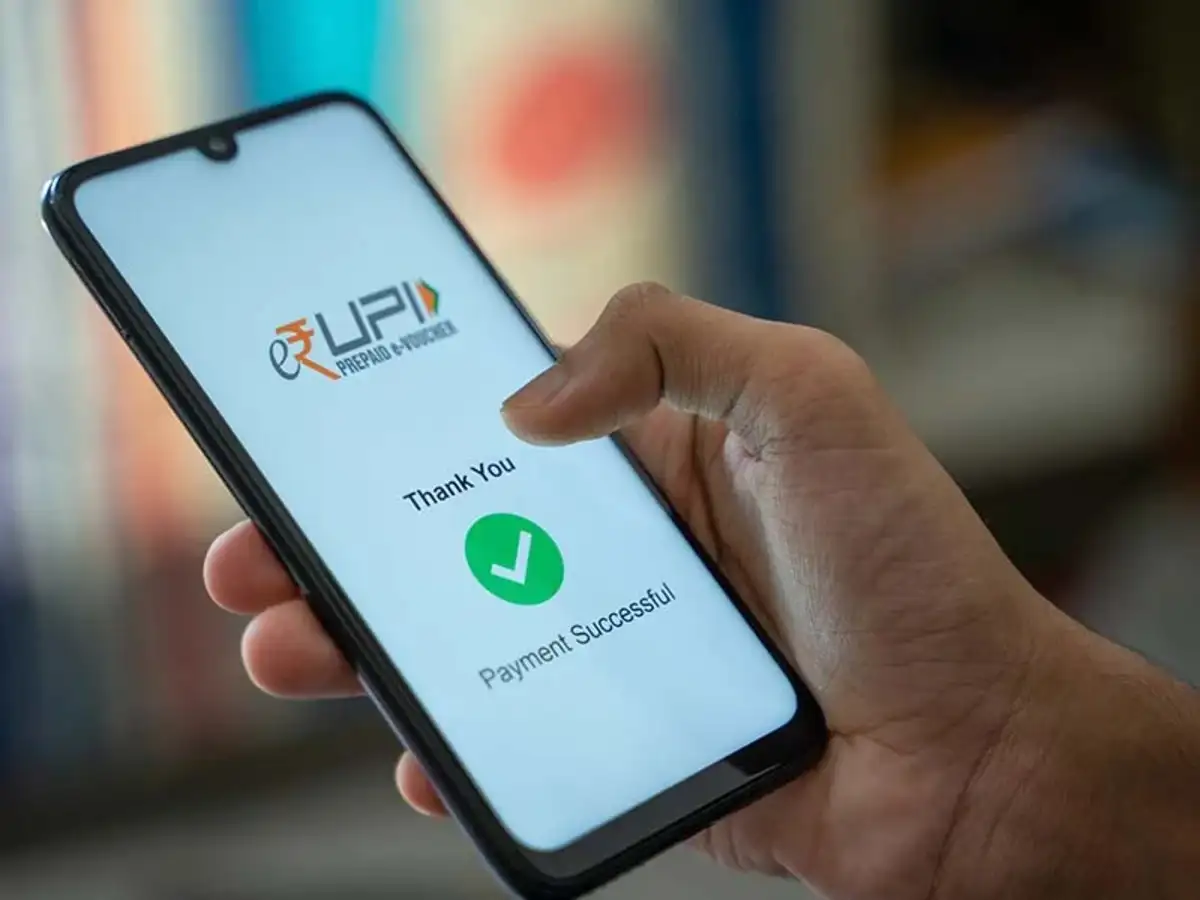In recent weeks, the Unified Payments Interface (UPI), India's widely used digital payment system, has experienced a series of technical challenges, causing disruptions for both users and businesses. The National Payments Corporation of India (NPCI), the organization managing UPI operations, has been actively addressing these issues and implementing solutions to ensure a more stable and reliable payment ecosystem.
The disruptions began in late March and continued into April, with users reporting transaction failures across various platforms like Paytm, Google Pay, and PhonePe. NPCI acknowledged the intermittent technical issues, citing factors such as financial year-end processing loads at banks, fluctuations in success rates at some banks, and an excessive number of 'Check Transaction Status' API calls. These API calls, essential for secure data exchange between banking systems and the UPI network, have been identified as a significant strain on the system.
In response to these recurring glitches, NPCI has been working closely with member banks and third-party UPI application providers to find a lasting solution. A key step involves establishing a monitoring mechanism to track transaction status API calls and prevent any misuse within the ecosystem. Discussions are underway to set optimal limits on these calls, aiming to stabilize the network's performance. One possible remedy is for banks to self-impose limits on API calls or for NPCI to intervene and block entities exceeding the limits.
NPCI has also been expanding its technical infrastructure to support the growing transaction volumes. This includes building more data centers and upgrading network and IT equipment. Some banks have also invested in upgrading their UPI infrastructure to keep transaction failures low.
While challenges remain, UPI has achieved significant milestones in recent years. The rate of technical declines for UPI transactions has decreased from 10% in 2016 to below 1% in 2024, reflecting improvements in technology and infrastructure. Moreover, UPI continues to gain international traction, with partnerships spanning Asia, Africa, and the Americas. To further enhance user convenience and accessibility, NPCI has increased transaction caps on UPI Lite and UPI123Pay. UPI Lite, designed for low-value transactions, has seen its transaction limit raised to ₹1,000, while UPI123Pay, which enables feature phone users to access UPI without the internet, now supports transactions up to ₹10,000.
Despite the recent outages, UPI's transaction volume and value continue to rise. In March 2025, UPI processed a record number of transactions, highlighting its growing importance in the Indian economy. Experts suggest that addressing the scalability concerns and exploring alternatives like the retail Central Bank Digital Currency (CBDC) could further strengthen the digital payments ecosystem.
NPCI's efforts to resolve UPI payment issues demonstrate its commitment to providing a seamless and reliable digital payment experience. By implementing monitoring mechanisms, upgrading infrastructure, and collaborating with stakeholders, NPCI aims to ensure that UPI continues to serve as a robust and efficient payment platform for millions of users across India.

















